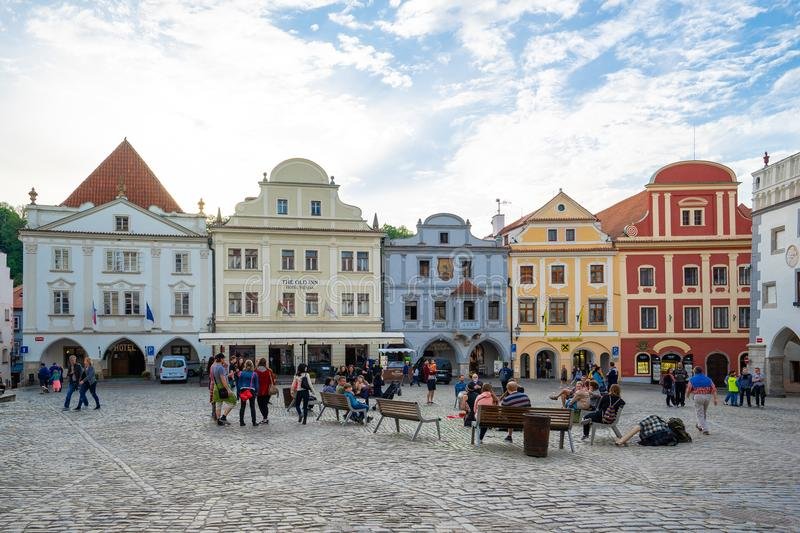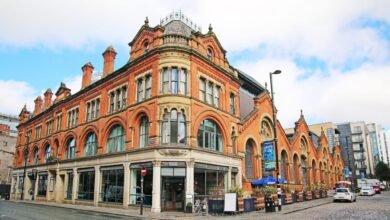
The Negatives of Living in a Medieval Town
There are many reasons to live in a medieval town. For starters, you’ll have the chance to witness medieval architecture at its finest. These towns were once the center of industry and trade, protected by stone walls and unpaved streets. Residents often displayed colorful paintings over doorways, and the town’s open squares served as gathering places for the local community. What are some of the negative aspects of living in a medieval town? Here are a few:
Small population
If you are interested in the history of human settlement in the Middle Ages, you should know that population estimates during this period are often inaccurate. While some estimates can vary by more than a factor of two, others will be more reliable. Generally, estimates from the first millennium were not particularly reliable because proxies were less common. The medieval population was relatively small, but there is evidence that it grew rapidly after the Black Death.
Dirty conditions
The streets of a medieval town were often dirty, with second stories sticking out into the streets and blocks of flats jutting out into the street. People and animals were everywhere, and no sewers were in place, leaving streets a mess and breeding ground for diseases. It was hard to breathe, and the smell of animal excrement and rotting manure permeated the air. The book Medieval Urban Health contains numerous court cases from cities like London, where the condition was so bad.
Poor living conditions
Medieval towns were notoriously dirty. There was no running water, and people relied on chamber pots and outdoor privies to dispose of their waste. The towns were so filthy that they were often polluted by animal waste and dung. Fleas thrived in these conditions, making them perfect breeding grounds for disease. These poor conditions also contributed to the spread of diseases like bubonic plague, which was spread by fleas on black rats.
Fear of demagogues
Fear is a powerful motivating force. Politicians exploit the fear of their audience to gain power and maintain dominance. The fear of rape, for example, can be evoked easily. In the United States, “Pitchfork Ben” Tillman described imaginary scenes of white women being raped by black men. His political rhetoric portrayed black men as having “character weaknesses” that make them particularly vulnerable to sexual assault. Nonetheless, he was elected as governor of South Carolina in 1890 and became a senator from 1895 to 1918.
Wooden houses with thatched roofs
In the Middle Ages, people lived in wooden houses with thatched roofs. There were two types of thatch: reeds and straw. During the cold winters, they relied on animal bodies to keep warm. The richest people lived on beds, while the poor lived on the floor. They lacked windows and chimneys, and they had no carpets or flooring.
Unhygienic conditions
While most movies and novels depict medieval towns as filthy and dangerous, there was nothing grim about real life in those days. In fact, hygiene was the most important concern of the medieval period, especially after the plague struck Europe. Despite the lack of sophistication, hygiene did make a huge difference and helped the population recover from the devastation of plague. In this article, we’ll look at the general habits of hygiene in medieval Europe.
Lack of roads
The lack of roads in medieval towns created many issues. These problems ranged from small to large and had to be addressed by adding new laws. People who wanted to sell their clothes had to carry them in their arms, while those who needed to carry hay had to do it on their heads. The lack of roads also led to a high rate of accidents – even in the most remote villages. The lack of roads in medieval towns was a common source of friction between residents.







